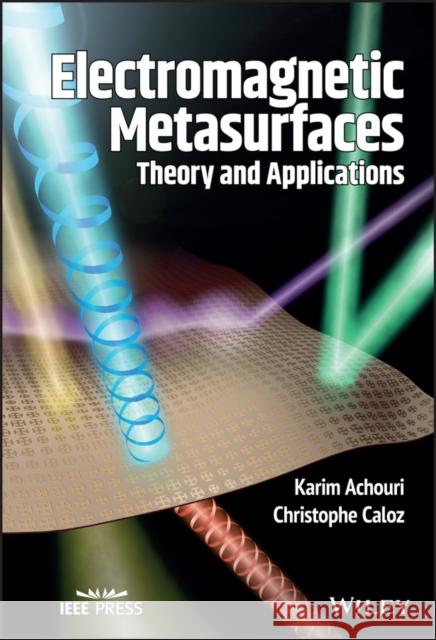Electromagnetic Metasurfaces: Theory and Applications » książka
topmenu
Electromagnetic Metasurfaces: Theory and Applications
ISBN-13: 9781119525165 / Angielski / Twarda / 2021 / 224 str.
Kategorie:
Kategorie BISAC:
Wydawca:
John Wiley & Sons Inc
Seria wydawnicza:
Język:
Angielski
ISBN-13:
9781119525165
Rok wydania:
2021
Ilość stron:
224
Waga:
0.45 kg
Wymiary:
22.86 x 15.24 x 1.27
Oprawa:
Twarda
Wolumenów:
01
Dodatkowe informacje:
Bibliografia











